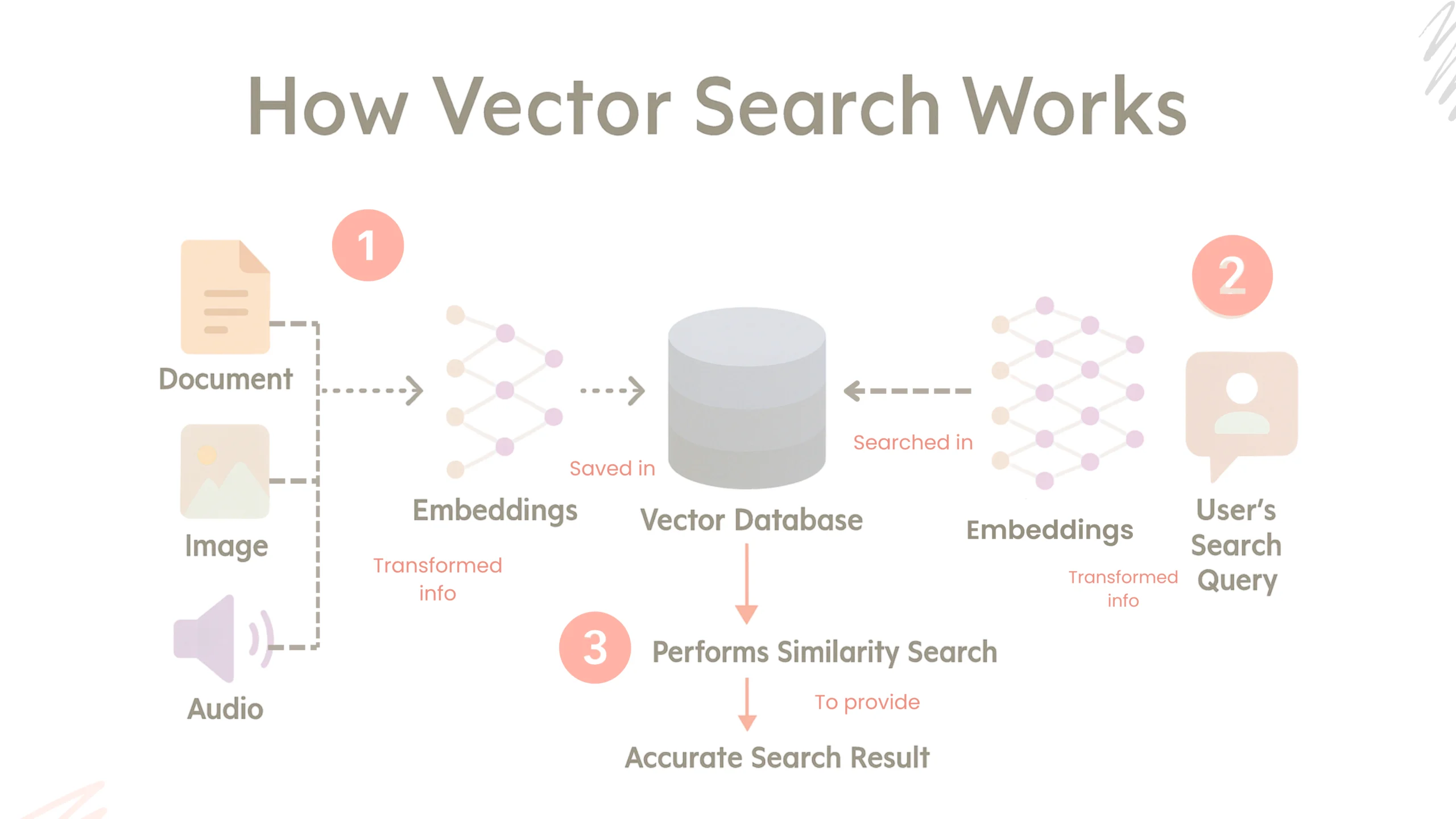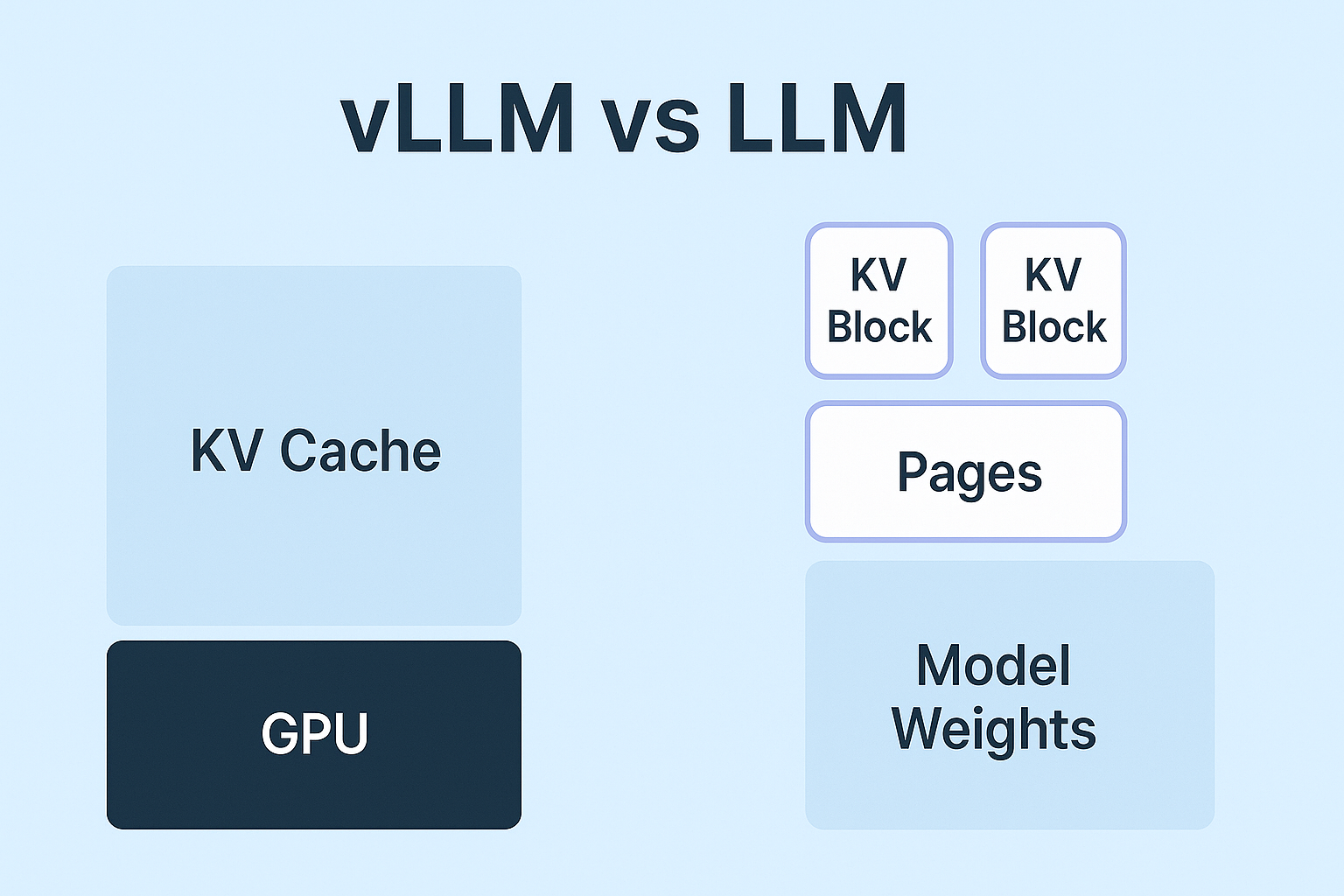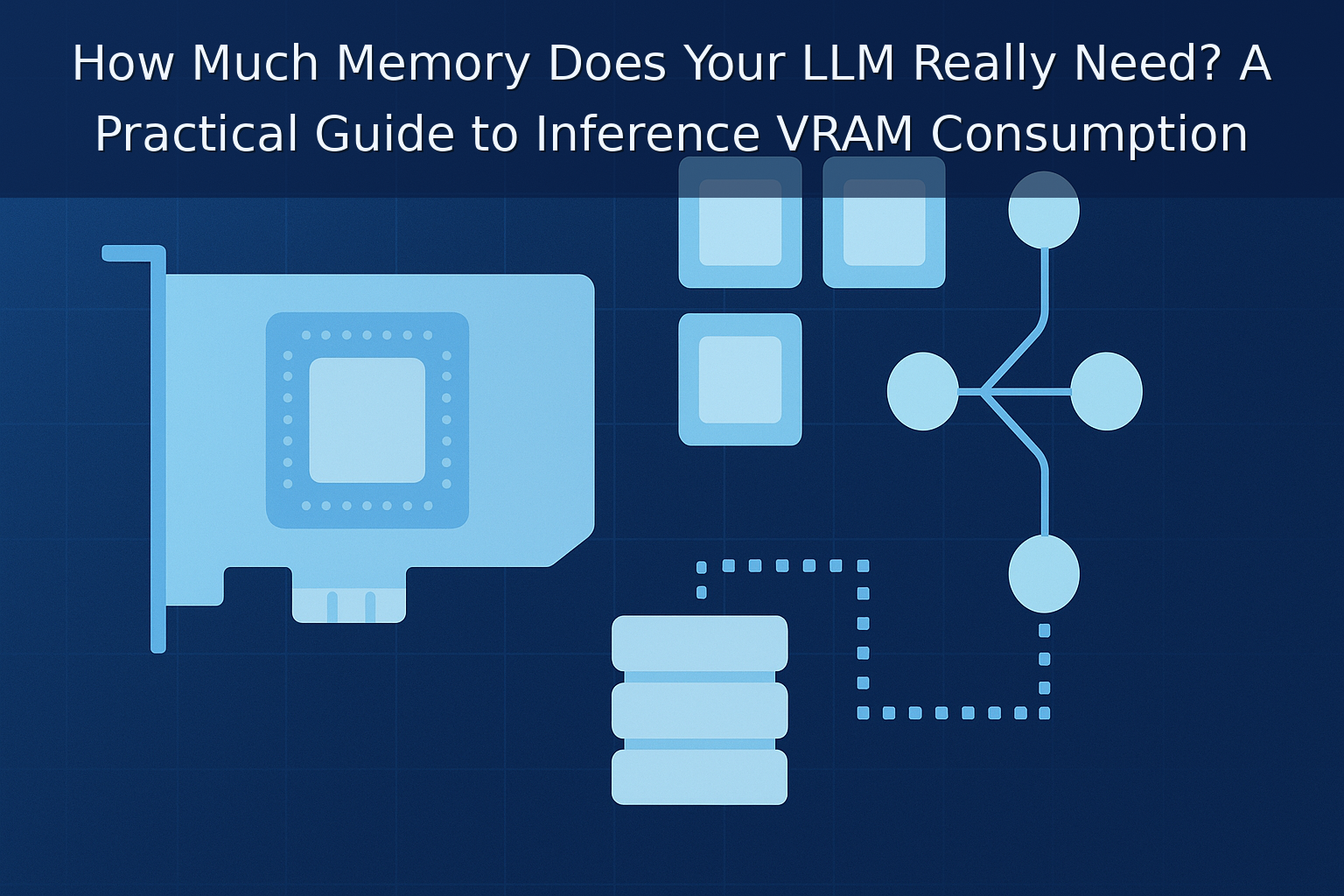
30.09.2025
n8n vs SkyStudio: Which AI Automation Platform Fits Your Organization on Cost, Security, and Governance?
Compare n8n and SkyStudio for AI automation. See how they stack up on cost, security, governance, integrations, and RAG/multi-agent workflows. No-code vs developer control, cloud vs self-host. Find the right platform for your organization.
Navigation
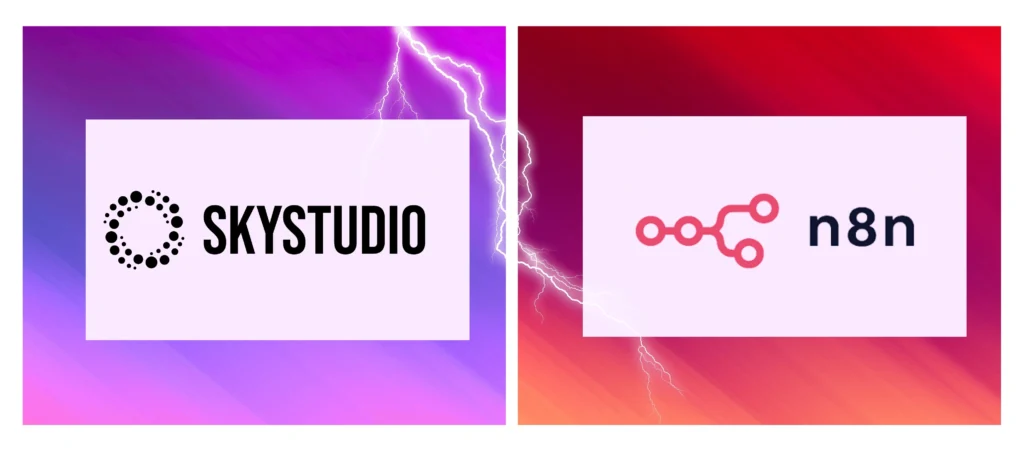
You’re looking at two powerful—but fundamentally different—approaches. SkyStudio is an AI-first, all-in-one platform that brings no-code assistant creation, multi-agent flows, and advanced RAG/Knowledge Base under one roof. Teams can spin up an assistant with just documents + a prompt; they can publish it as chat/iframe/API, or wire it into complex flows on a 2D canvas with integrations and triggers. On the enterprise side, KVKK/GDPR, ISO-grade security, RBAC, and data residency are part of the core experience.
n8n, by contrast, is a developer-oriented, self-hostable, node-based automation tool. For teams comfortable with JSON, APIs, and JavaScript, it delivers fine-grained control: you assemble every step, every integration, and every exception. You can certainly add “AI features” — however, components like RAG, memory, and agent coordination are typically orchestrated by you via external services and small code pieces.
In this guide, we anchor the decision around what really matters: cost, security, and governance (RBAC/access, SSO, audit trail, data policies). On top of that, we examine speed & flexibility, the integration ecosystem, cost observability, publishable interfaces, and multi-agent flows.
Our goal is simple: to show, through a clear decision framework, which platform best fits your team’s way of working, your regulatory posture, and your scaling plan. Let’s unpack each criterion and choose the right tool for your organization.
What Is n8n and Where Does It Excel?
n8n is a developer-friendly automation tool where you build flows with node-based steps. It’s ideal for backend automations, webhooks, REST/DB operations, and fast integrations via a large catalog of SaaS connectors. On the LLM side, it does not provide a built-in agent/orchestration layer; AI scenarios are typically assembled with external vector databases and scripts/plugins. As a result, truly AI-native projects may require more custom work.
Bottom line: excellent for standard automations; for AI-centric, multi-agent, and enterprise-governed use cases, it usually needs additional architecture.
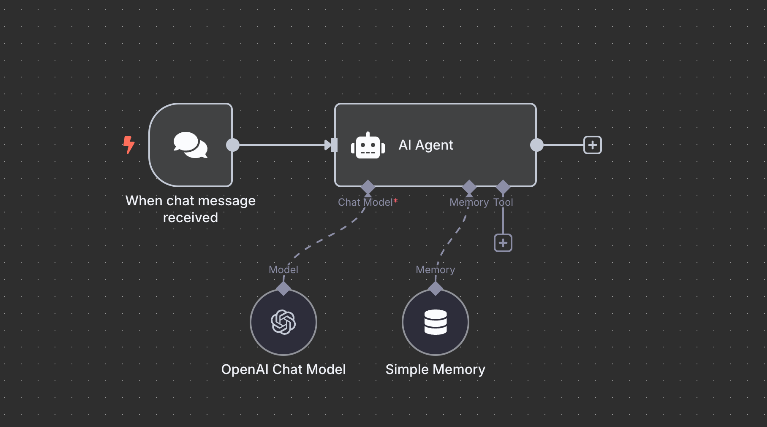
Strengths of n8n
Flexibility & customization: With self-host options, you can keep data on your own servers and customize flows with code where needed. Because it’s open source, you can modify integrations or functions at the code level if required.
Broad integrations: 400+ ready-made integrations plus an HTTP Request node let you connect to almost any API. The community is active and provides many custom nodes.
AI-focused nodes: Recent releases added AI-oriented nodes for tasks like summarization, Q&A, and chatbots, reducing extra coding in these scenarios. You can also chain integrations and build multi-step “agent-like” flows.
Limitations of n8n
Linear flow editor:
The UI is node-based and steps are linked in a fixed sequence. For complex branching you’ll often write JSON/JavaScript and configure API calls manually. There is no parallel 2D canvas experience.Lack of native AI & RAG:
Although AI nodes exist, n8n does not include a built-in agent builder or a native Retrieval-Augmented Generation (RAG) solution. To stand up an AI assistant, you typically handle prompt chaining, context management, and vector database integration yourself.Security & RAG data path (modular, external-service dependency):
When implementing RAG in n8n, components such as embedding generation and the vector database are usually connected via nodes + APIs to external services (e.g., OpenAI Embeddings, Pinecone/Supabase/Weaviate). The platform does not ship a closed, in-platform vector store or a persistent RAG stack; you assemble the modules. This architecture ties security and privacy boundaries to the access/encryption/audit model of the services you choose.
Note: n8n offers in-app memory options like Simple Vector Store, but these are not a replacement for a production-grade, persistent vector database—more suitable for demos/prototypes or small volumes.Scalability & observability:
Each flow can run as an API endpoint, but building multi-user interfaces (chatbot, forms, etc.) typically requires extra tooling. Advanced observability and cost tracking are limited; metrics like token consumption or agent performance are not first-class.Governance & compliance:
Despite being open source, it does not carry formal certifications such as SOC 2 or KVKK out of the box. RBAC and SSO exist at a basic level, but enterprise compliance controls are largely your responsibility.
These constraints can be limiting for teams building AI-centric projects or multi-tenant, user-facing applications. That’s where other alternatives come into play.
SkyStudio — AI Agent Creation & Automation Platform for Enterprises
SkyStudio is an AI-first platform that unifies enterprise-grade automation, AI assistant creation, and a conversational AI module under one roof. In addition to multi-agent orchestration, advanced RAG/Knowledge Base, and ISO-grade security, it provides teams with strategy and advisory support.
Without writing code, teams can launch assistants in minutes by simply uploading documents and defining a prompt. If needed, those assistants can be wired together on a 2D workflow canvas with triggers and enterprise integrations to design purpose-built, agent-driven flows.
Category | SkyStudio | n8n |
UI & UX | Visual canvas, multi‑agent orchestration, no‑code; user‑facing interfaces (SkyStudio chat, container, pop‑up) can be published. | Node‑based flow editor; suited for technical users, easy to expose flows as APIs. |
AI Capabilities | Built‑in LLM integration, Deep Research, advanced RAG, cost & observability insights. | LLM/agent setups via plugins and external setup; no built‑in agent orchestration. |
Data & RAG | Vector database in a company‑dedicated VPC, advanced RAG settings. Embedding + rerank + vector DB are local/VPC; security and retention policies remain inside the organization. | For large documents & RAG, you typically need external services and a vector DB setup. Embeddings and the vector store are external services (OpenAI/Pinecone/Supabase/Weaviate) accessed via node + API; the security model depends on the services you choose. |
Security & Compliance | ISO 27001, GDPR/KVKK compliance, end‑to‑end encryption, RBAC; OpenAI & Anthropic partnerships + GOAT in‑house model. | OSS flexibility; however, enterprise compliance controls must be implemented by the organization. |
Integrations | Enterprise repositories (SharePoint, Drive, Box, Teams, HubSpot, GitHub…) + custom connectors via MCP. | Hundreds of SaaS connectors; many setups are quick. |
Pricing | Credit‑based (reduces seat licensing pressure). | OSS + cloud/enterprise plans; with self‑host, infra/operations are on you. |
Strengths of SkyStudio
Security & compliance: The entire SkyStudio system is ISO 27001–certified and fully compliant with Türkiye’s KVKK and the EU’s GDPR. Data is protected with end-to-end encryption and role-based access control (RBAC); data retention is customer-controlled. In Türkiye, SkyStudio operates under official partnerships with OpenAI and Anthropic, backed by the required security certifications and contractual safeguards.
AI-centric architecture: The platform includes multi-agent orchestration and advanced Retrieval-Augmented Generation (RAG)/Knowledge Base. Users can connect their own documents and enterprise repositories to build RAG-based assistants. Agents can interact with each other to coordinate complex tasks.
Local RAG pipeline (embedding + rerank + vector DB): In SkyStudio, the core RAG components—embedding, rerank, and the vector database—run securely and locally (VPC/private cloud). Documents and derived vectors remain within the platform’s boundary; access, retention, and audit policies are governed by your organization’s governance model.
Unified “all-in-one” platform: SkyStudio provides a single, secure environment for chat, data analysis, web search, and the creation/deployment of personalized AI agents. Businesses manage end-to-end workflows under one roof and move seamlessly between Chat, Assistant, and Workflow modules.
No-code assistant creation (+ developer flexibility):
Non-technical users can design an AI assistant in minutes by uploading documents and writing a prompt. Assistants can interact with tools, perform advanced web search, and be tailored to organizational needs.
For developers, SkyStudio imposes no ceiling: on the workflow side, you can add code within nodes, build custom integrations, or implement advanced logic. You get no-code convenience and developer-friendly extensibility in a single platform.Flexible interfaces & multi-agent integration: Assistants can be embedded in chat UIs, web forms, or custom applications. On the 2D canvas, assistants/agents can be linked to form multi-agent flows. The visual workspace makes it straightforward to attach agents to workflows and model complex processes.
Dedicated vector database & file limits: A VPC-hosted vector database preserves data residency. File limits support up to 20 MB in Chat and 700 MB in the Assistant module. Connect to enterprise stores like Google Drive, SharePoint, OneDrive, ERP, Teams, GitHub, and HubSpot; build custom connectors via MCP when needed.
AI consulting & strategy development: Skymod provides organization-specific consulting on top of SkyStudio—helping you craft an AI strategy and implement tailored AI solutions. Certified training programs are available for leaders and teams to build deeper AI capability.
Privacy & analytics: In-platform metrics and reporting provide detailed visibility at the assistant, flow, and team levels. Project/space-level role assignments preserve intra-team privacy; governance layers address ISO 27001, SOC 2, GDPR, and KVKK requirements. Admin, manager, and member roles are supported, with workspace-level authorization and granular access controls.
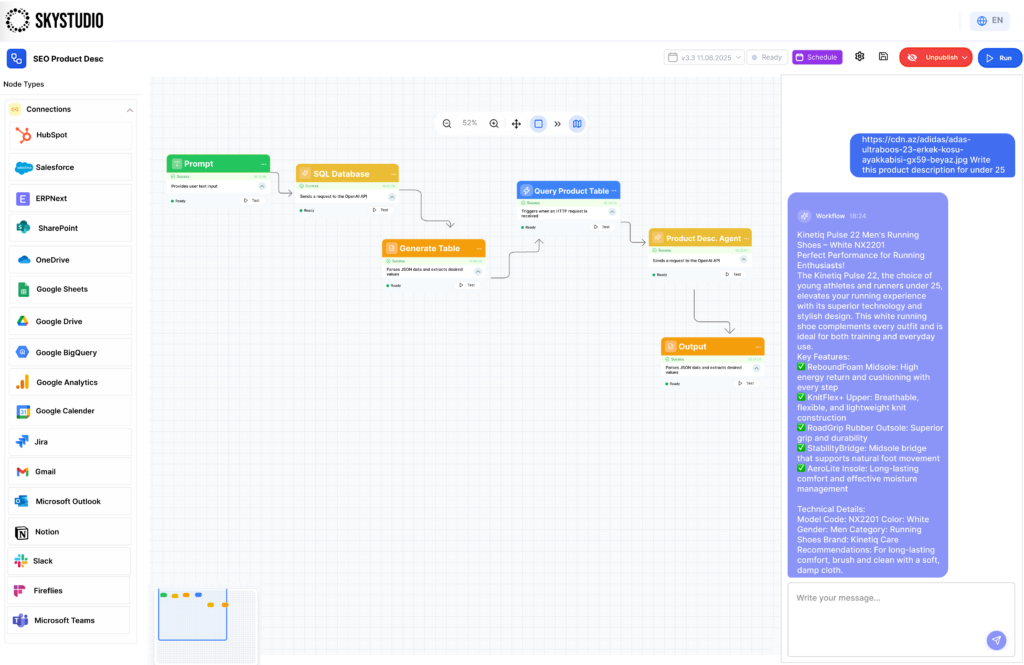
Target Audience: Who Should Choose What?
Ideal users for SkyStudio
Business teams (Operations, Finance, Manufacturing, Sales, Marketing, Customer Support): Want to stand up no-code AI assistants with just documents + a prompt, then publish them quickly as a chat widget/iframe/API without relying on engineering.
IT and transformation leaders: Need a platform that meets KVKK/GDPR, ISO 27001, RBAC, and audit trail requirements, with data residency, a VPC-hosted vector database, and fine-tuned RAG controls.
Enterprise integration landscapes: Work across SharePoint, SAP, Salesforce, Teams, HubSpot, ERP and want to connect multi-agent flows on a 2D canvas with triggers and integrations.
Regulated industries: Financial services, insurance, healthcare, and public sector where on-prem/private cloud, full auditability, and data sovereignty are critical.
Organizations seeking strategy: Want Skymod advisory to craft an AI strategy and roadmap, and prefer an all-in-one environment (Chat + Assistant + Workflow).
Hybrid teams (technical + non-technical): Aim to launch multi-agent processes quickly and manage cost/quality with observable metrics.
Ideal users for n8n
Developers, DevOps, and automation engineers: Comfortable with JSON, APIs, JavaScript, and webhooks; prefer to build custom scripts and back-end automations themselves.
Teams that want full control: Enjoy assembling integrations like building blocks with node-based flows and fine-tuning every stage.
Self-host flexibility seekers: Startups, tech teams, and agencies that want to run, scale, and optimize on their own infrastructure.
Well-defined, repeatable processes: ETL-like pipelines, data transformation, notifications/alerts—workloads that can be fully automated via nodes and API integrations.
Incremental AI adoption: Prefer to add LLM/RAG piece by piece using external vector databases and plugins, writing their own orchestration instead of relying on a native AI-first layer.
Conclusion & Recommendations
n8n is compelling for developer teams thanks to its open-source model and self-host flexibility. Its AI nodes and broad connector catalog differentiate it from Make/Zapier. However, its linear editor, limited native AI orchestration, and compliance gaps mean it won’t be the best fit for every scenario.
If you want KVKK/ISO alignment and a single platform for chat, data analysis, web search, and personalized agents, SkyStudio stands out. It’s ideal for teams that need no-code assistant creation, publishing across multiple interfaces, and multi-agent flows on a 2D canvas. Organizations that also want AI strategy and consulting can leverage Skymod expertise.
Where n8n offers a modular approach that requires stitching together external services for RAG, SkyStudio runs the embedding–rerank–vector DB pipeline locally/in VPC, providing a more opinionated out-of-the-box stance on security and data residency.
Bottom line: define your needs first. Whichever tool you choose, automating workflows will increase productivity and free your teams from repetitive tasks.
AI That Works Like You. Get Started Today!
Get in Touch to Access Your Free Demo

